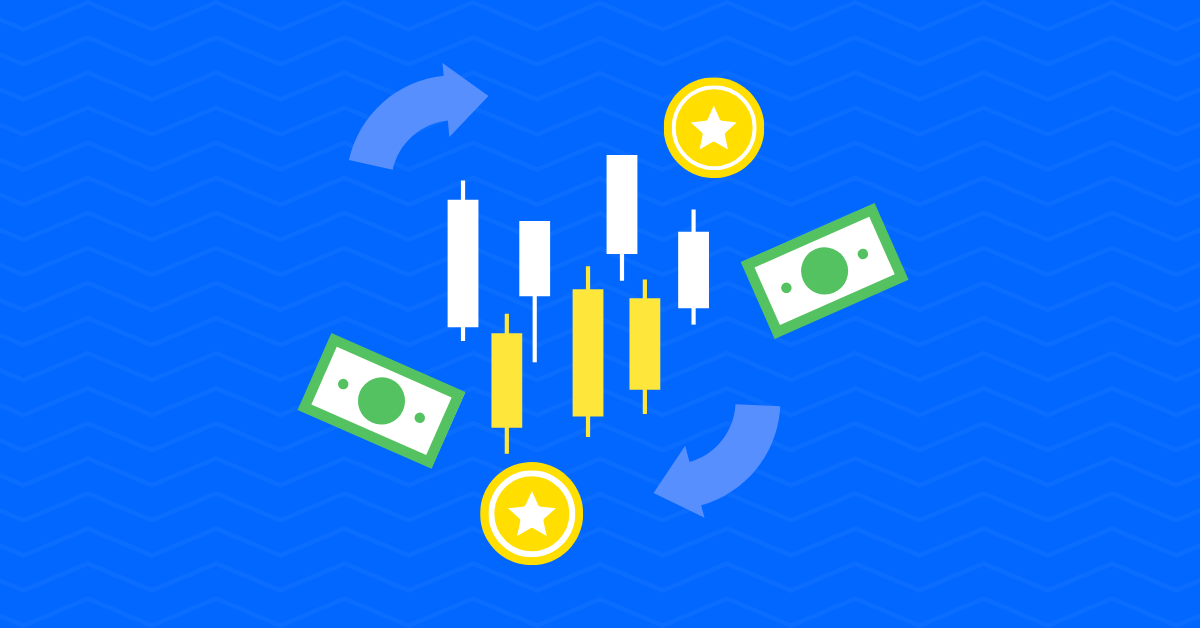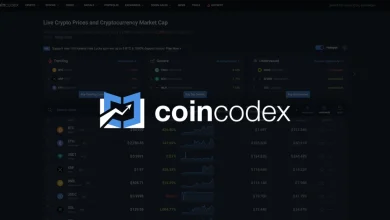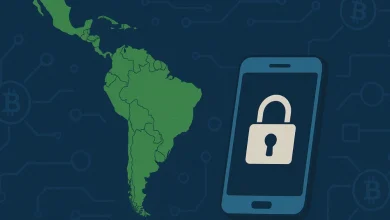
Memecoin trading has gained a lot of popularity recently, with players like Pump Fun on Solana and Sun Pump on Tron getting most of the traction with around 140 million trades last week. The no. of daily traders hitting more than 100k on Pump Fun and TPS (transactions per second) of around 4k further solidifies this claim.
These platforms allow their users to launch their meme coin with a single click, which could also be traded on other exchanges after they complete their bonding curve and graduate from the platform. Also, the user is rewarded with 0.5 SOL after the token they created completes the bonding curve as shown in the image below.
This rise in popularity had provided algo traders with a new market to try out their strategies. However, most of these strategies would require trade and market-related data like volume, liquidity, and number of traders involved at a very low latency to be profitable.
Algo traders, HFT firms, and trading bots such as GMGN, BullX, and many more require low latency to react to market events faster than their competitors, providing a significant advantage in volatile market conditions.
Challenges in Getting On-Chain Data with Low Latency
Indexing in real-time presents several challenges, especially when building your own nodes:
- High Data Throughput and Volume
The network can manage thousands of transactions per second (TPS). With 6 million transactions in 12 hours, the enormous network growth requires large servers to manage the data To keep up with this high transaction rate in real time, efficient streaming and processing mechanisms are essential.
- Decoding and Transforming Blockchain Data
ABI (Application Binary Interface) decoding is resource-intensive. Different smart contracts have varying structures. Furthermore, smart contracts can trigger multiple internal transactions (internal calls) that need to be tracked.
- Real-time Database Performance
Blockchain data is append-only, but it also requires indexing, partitioning, and aggregation. Querying data in real-time while new information is being ingested can lead to locking issues and performance bottlenecks.
- Latency in Distributed Infrastructure
Data moves through several transformation stages (Parsing → Transformation → Storage → Querying). Each of these steps introduces some processing delay, making it increasingly difficult to achieve real-time latency as the pipeline lengthens.
- Network and I/O Bottlenecks
High disk I/O operations result from reading and writing large blockchain datasets. Additionally, network congestion can affect data streaming speeds, particularly when using technologies like WebSockets, Kafka, or message queues.
What are some low-latency options for Getting Memecoin data?
- Streaming via GraphQL Subscriptions
Bitquery provides real-time data on pumpfun and sunpump via graphQL subscriptions.
You can build applications like portfolio trackers, and real-time analytics dashboards for tracking prices, monitoring token creation in real time, checking bonding curve completion, and getting real-time market liquidity.
- Distributing Streaming with Kafka
Bitquery’s Kafka streams are a robust alternative to WebSocket-based streaming, particularly for large-scale, distributed systems that can process data in a multi-threaded fashion.
Moreover, unlike other similar large-scale solutions, Kafka is better for scalability as multiple consumers may split the load to consume one topic, automatically redistributing the load on them. The connection protocol is also more reliable than the WebSocket interface and is better optimized for persistent connections.
For big players like institutional traders, investment bankers, and HFT firms that manage a large portfolio the Kafka streams solution is preferable as it avoids any data loss or timeout and is better in terms of scalability and latency. Also, for trading strategies that require older data like trend-based strategies Kafka is a much better option as it also provides historical data.
Memecoin markets like Pump Fun and Sun Pump have created exciting opportunities for traders and analysts. The choice of streaming solution depends on the users’ requirements. Understanding these options and their trade-offs will help traders and developers make informed decisions in this fast-evolving market.
Trust with CoinPedia:
CoinPedia has been delivering accurate and timely cryptocurrency and blockchain updates since 2017. All content is created by our expert panel of analysts and journalists, following strict Editorial Guidelines based on E-E-A-T (Experience, Expertise, Authoritativeness, Trustworthiness). Every article is fact-checked against reputable sources to ensure accuracy, transparency, and reliability. Our review policy guarantees unbiased evaluations when recommending exchanges, platforms, or tools. We strive to provide timely updates about everything crypto & blockchain, right from startups to industry majors.
Investment Disclaimer:
All opinions and insights shared represent the author's own views on current market conditions. Please do your own research before making investment decisions. Neither the writer nor the publication assumes responsibility for your financial choices.
Sponsored and Advertisements:
Sponsored content and affiliate links may appear on our site. Advertisements are marked clearly, and our editorial content remains entirely independent from our ad partners.







